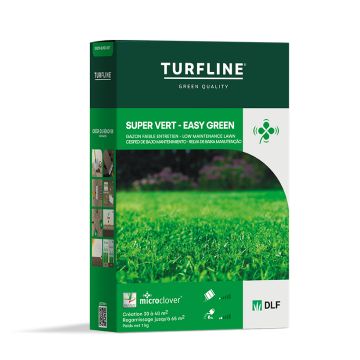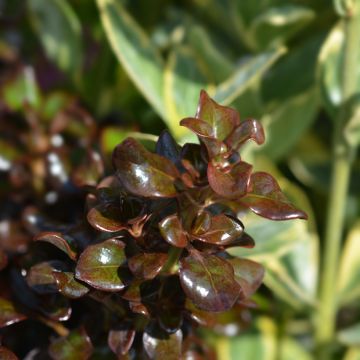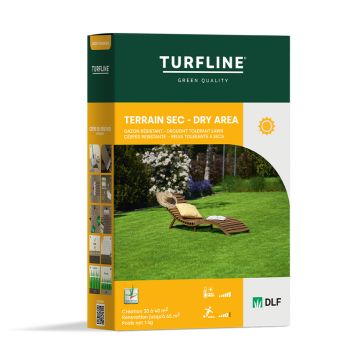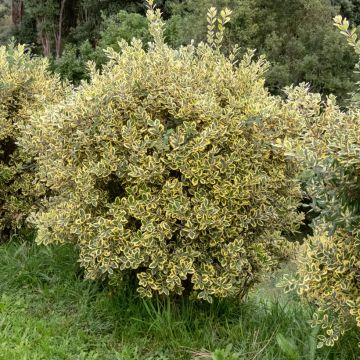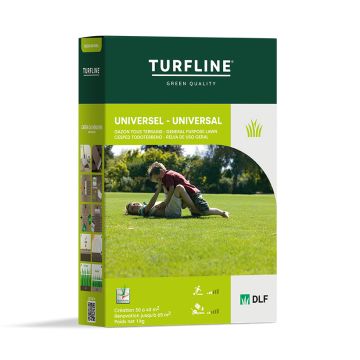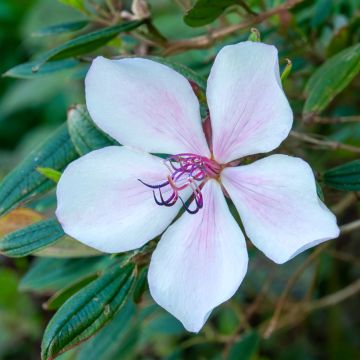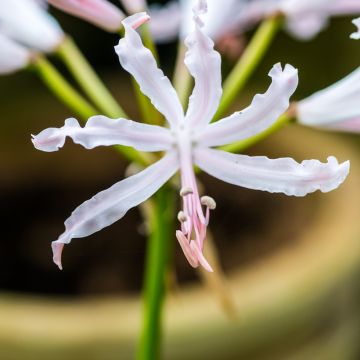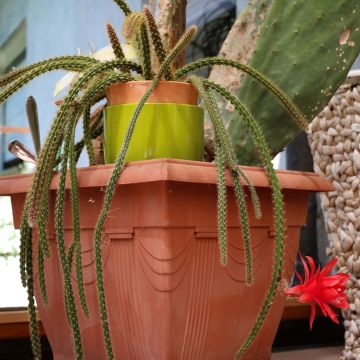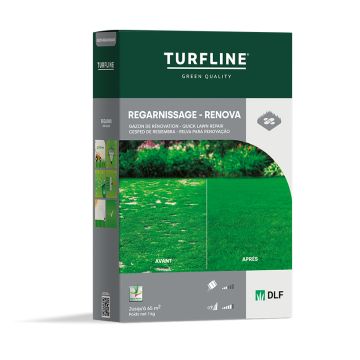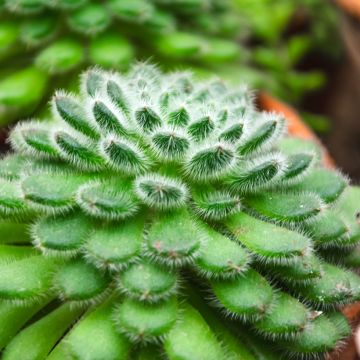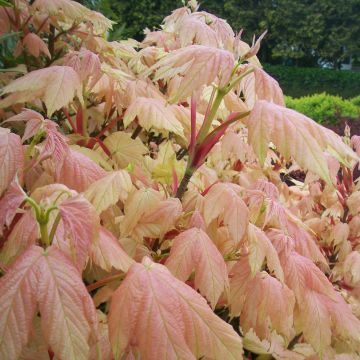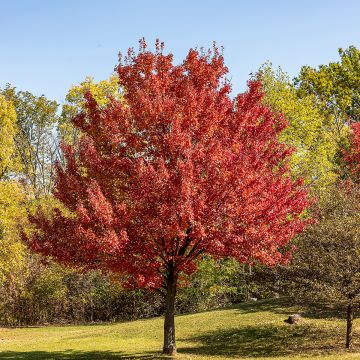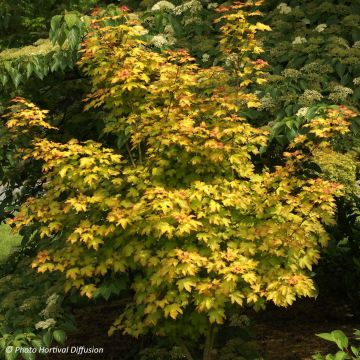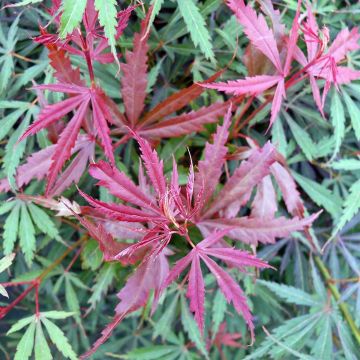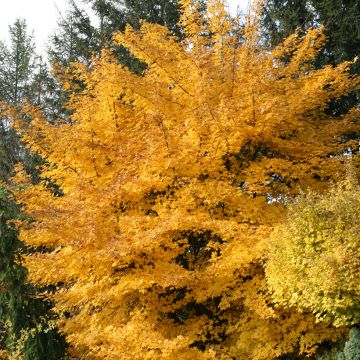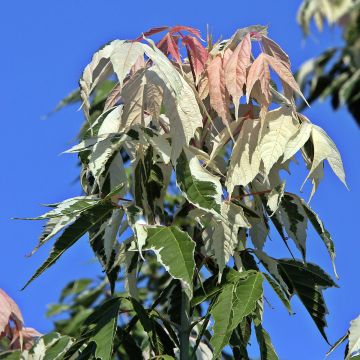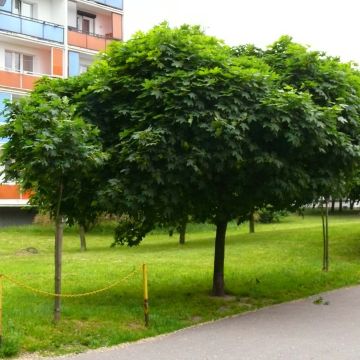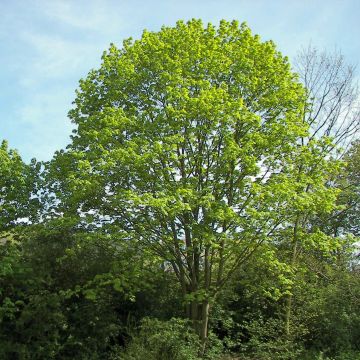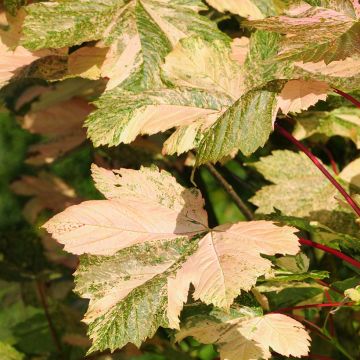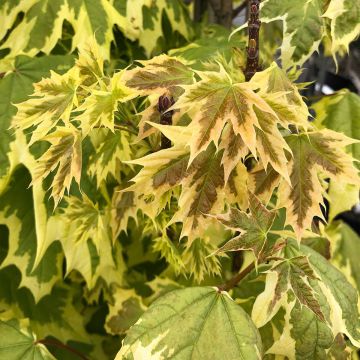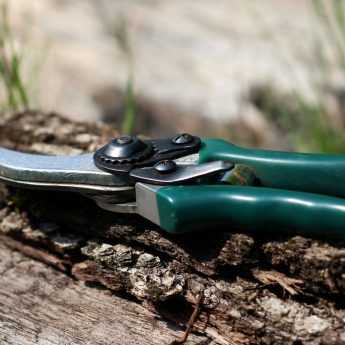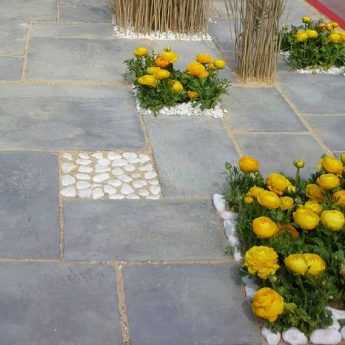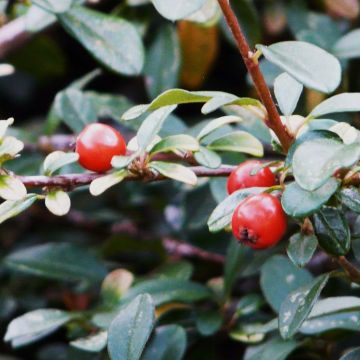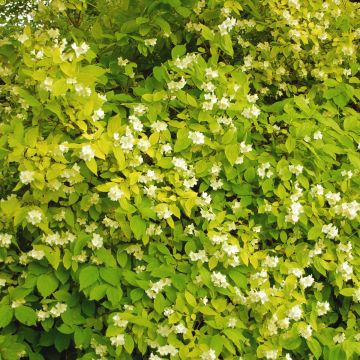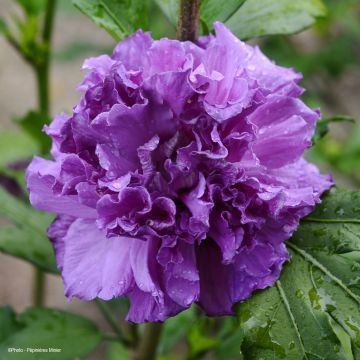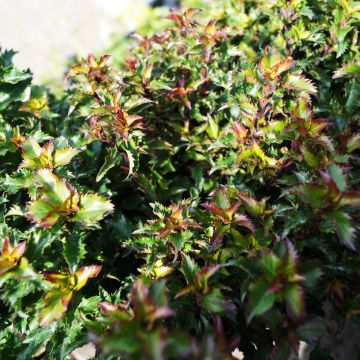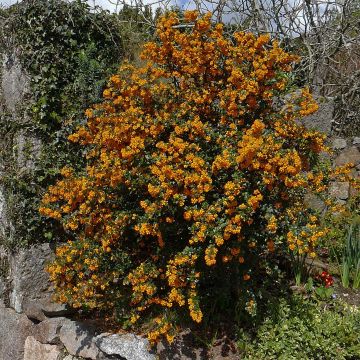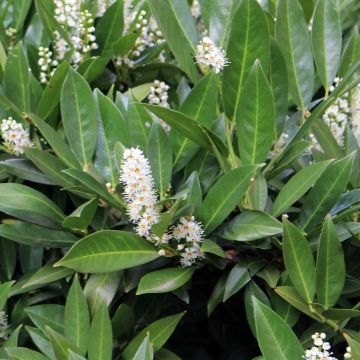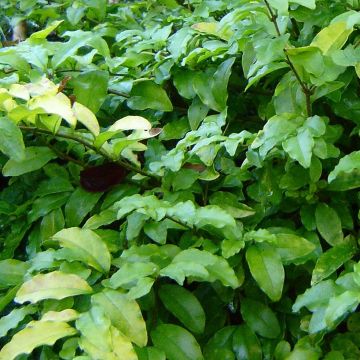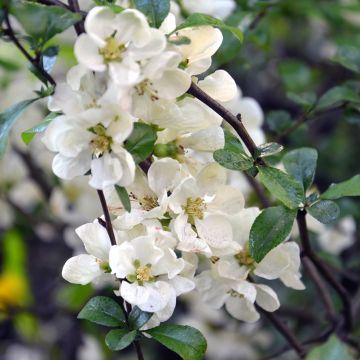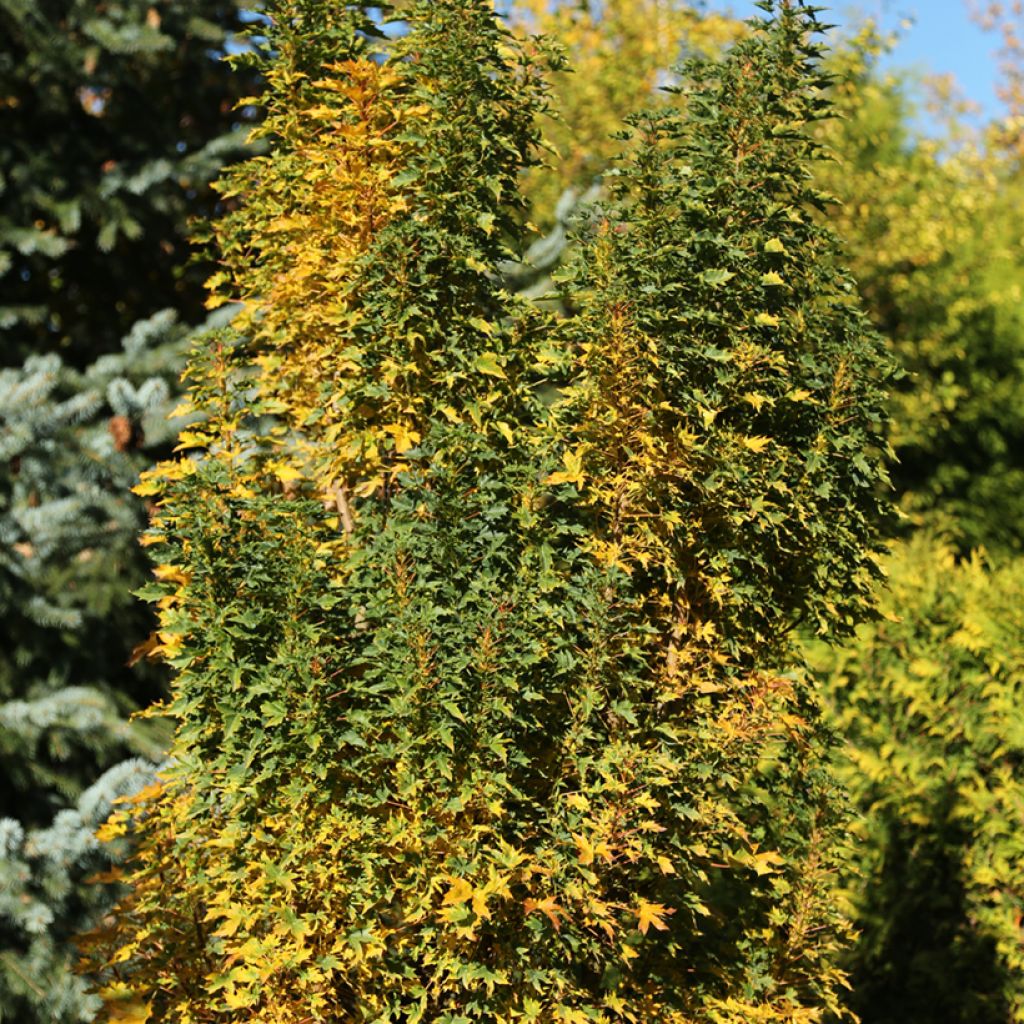

Acer platanoides Novush - Miniature Norway Maple
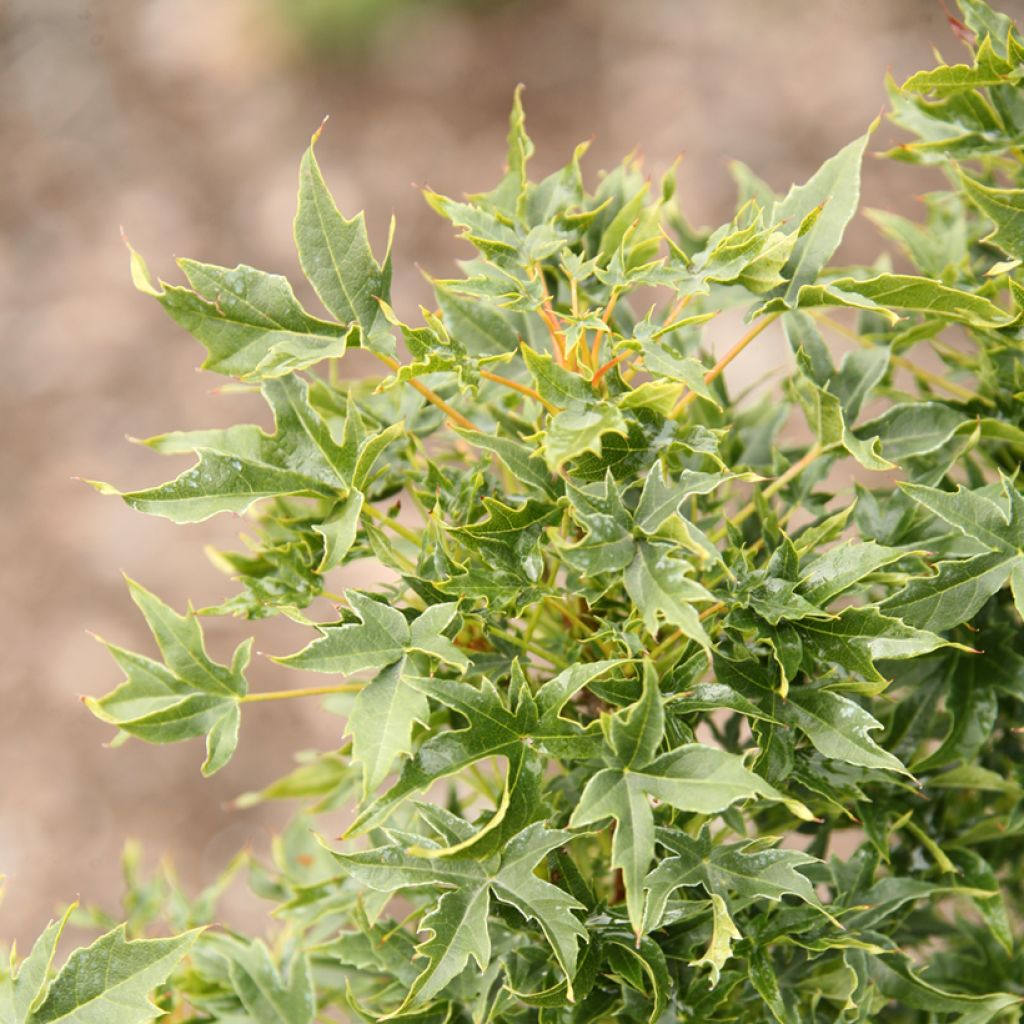

Acer platanoides Novush - Miniature Norway Maple
Acer platanoides Novush - Miniature Norway Maple
Acer platanoides Novush
Norway Maple, Plane Tree Maple
Why not try an alternative variety in stock?
View all →This plant carries a 24 months recovery warranty
More information
We guarantee the quality of our plants for a full growing cycle, and will replace at our expense any plant that fails to recover under normal climatic and planting conditions.
From €7.90 for pickup delivery and €6.90 for home delivery
Express home delivery from €8.90.
Does this plant fit my garden?
Set up your Plantfit profile →
Description
Acer platanoides 'Novush' is a variety of miniature Norway Maple, which does not exceed 1.5m in height at 15 years old. Its attractive cut and elongated, dark green foliage is also small. On a short trunk, it slowly develops an irregular and bushy crown. In all gardens, in flower beds and rockeries, it can replace a Japanese maple with more delicate growing requirements. It requires ordinary to fertile soil and a sunny or slightly shaded location.
Native to the Caucasus, widespread in Europe from Scandinavia to Spain and east to Russia, Acer platanoides is a tall deciduous tree of rapid growth, often associated with oak, lime and elm in our high-altitude forests. It can live up to 200 years. The 'Novush' cultivar was introduced in Germany in 1999. It develops a rounded crown in its early years, which becomes more irregular and bushy with age. At 15 years old, it reaches 1m to 1.5m in height with a spread of 1m. Its foliage is deciduous. The leaves are opposite, palmate, smaller than those of the species, measuring 6 to 9cm in length instead of the usual 10 to 20cm. They have 5 to 7 elongated, very pointed, toothed, dark green lobes. In autumn, they turn a bright yellow. The discreet flowering, in the form of upright corymbs of tiny yellow-green flowers, takes place before bud burst, in March, on plants aged 15 to 20 years. Followed in June, by winged fruits called samaras, 3 to 5cm long. The bark of this tree is brown, almost smooth and marked with numerous shallow longitudinal cracks.
Acer platanoides 'Novush' is an easy-to-grow bush, ideal in a small garden or a pot on a terrace or balcony. It is content with ordinary soil, as long as it is well-drained. It dislikes stagnant moisture. Plant it in a rockery or flower bed, or as a specimen in a miniature scene. Its attractive foliage, colourful in autumn, and its miniature size make it a suitable replacement for a more demanding Japanese maple.
Plant habit
Flowering
Foliage
Botanical data
Acer
platanoides
Novush
Sapindaceae
Norway Maple, Plane Tree Maple
Cultivar or hybrid
Other Acer - Maple tree
View all →Planting and care
Acer platanoides Novush should be planted in spring or autumn in any fertile, deep, and moist soil in a sunny, but not scorching position, or semi-shaded area. It tolerates the presence of limestone in the soil, but requires a soil that is deep enough to accommodate its powerful root system. Beware of strong winds. Keep the soil moist during the first two summers after planting. Mulching can be beneficial to maintain good soil moisture. Do not prune after December as the sap rises very early.
Planting period
Intended location
Care
Planting & care advice
This item has not been reviewed yet - be the first to leave a review about it.
Hedge shrubs
Haven't found what you were looking for?
Hardiness is the lowest winter temperature a plant can endure without suffering serious damage or even dying. However, hardiness is affected by location (a sheltered area, such as a patio), protection (winter cover) and soil type (hardiness is improved by well-drained soil).

Photo Sharing Terms & Conditions
In order to encourage gardeners to interact and share their experiences, Promesse de fleurs offers various media enabling content to be uploaded onto its Site - in particular via the ‘Photo sharing’ module.
The User agrees to refrain from:
- Posting any content that is illegal, prejudicial, insulting, racist, inciteful to hatred, revisionist, contrary to public decency, that infringes on privacy or on the privacy rights of third parties, in particular the publicity rights of persons and goods, intellectual property rights, or the right to privacy.
- Submitting content on behalf of a third party;
- Impersonate the identity of a third party and/or publish any personal information about a third party;
In general, the User undertakes to refrain from any unethical behaviour.
All Content (in particular text, comments, files, images, photos, videos, creative works, etc.), which may be subject to property or intellectual property rights, image or other private rights, shall remain the property of the User, subject to the limited rights granted by the terms of the licence granted by Promesse de fleurs as stated below. Users are at liberty to publish or not to publish such Content on the Site, notably via the ‘Photo Sharing’ facility, and accept that this Content shall be made public and freely accessible, notably on the Internet.
Users further acknowledge, undertake to have ,and guarantee that they hold all necessary rights and permissions to publish such material on the Site, in particular with regard to the legislation in force pertaining to any privacy, property, intellectual property, image, or contractual rights, or rights of any other nature. By publishing such Content on the Site, Users acknowledge accepting full liability as publishers of the Content within the meaning of the law, and grant Promesse de fleurs, free of charge, an inclusive, worldwide licence for the said Content for the entire duration of its publication, including all reproduction, representation, up/downloading, displaying, performing, transmission, and storage rights.
Users also grant permission for their name to be linked to the Content and accept that this link may not always be made available.
By engaging in posting material, Users consent to their Content becoming automatically accessible on the Internet, in particular on other sites and/or blogs and/or web pages of the Promesse de fleurs site, including in particular social pages and the Promesse de fleurs catalogue.
Users may secure the removal of entrusted content free of charge by issuing a simple request via our contact form.

































